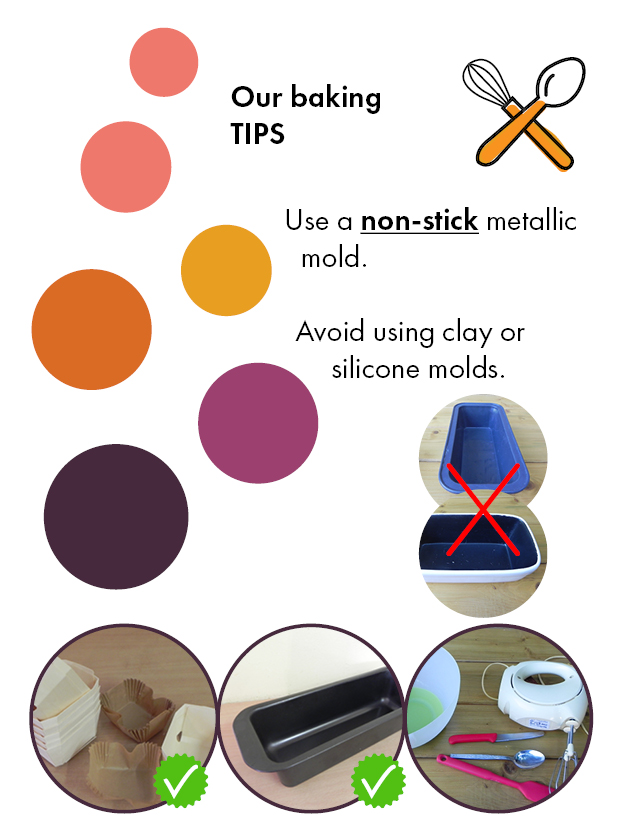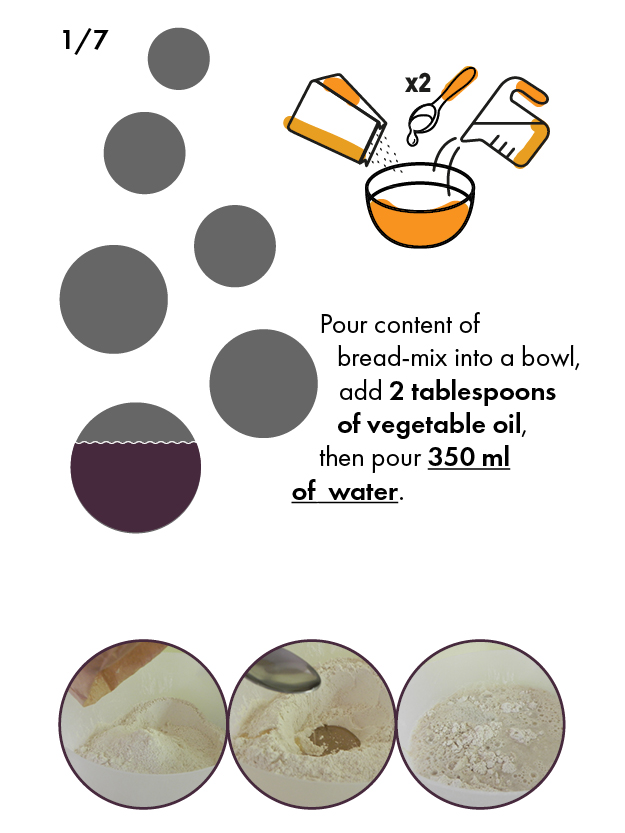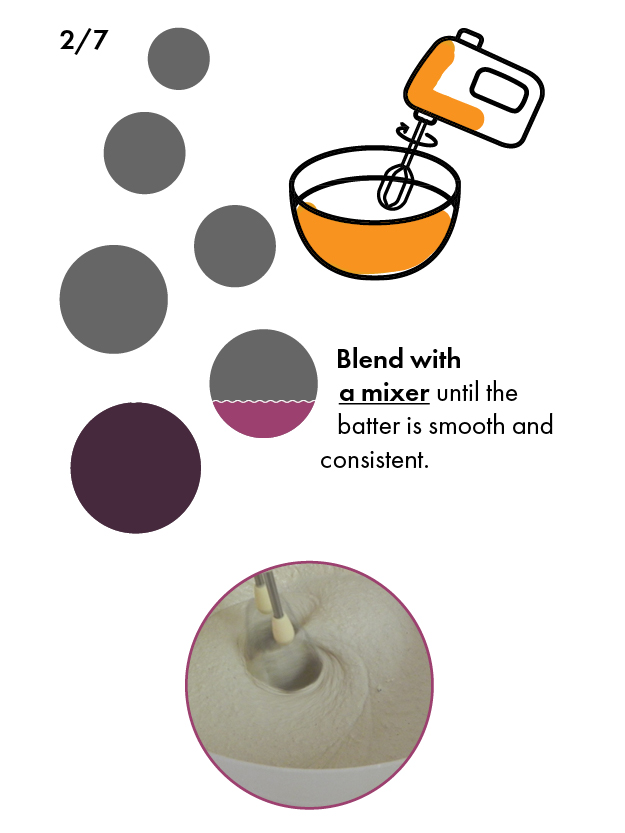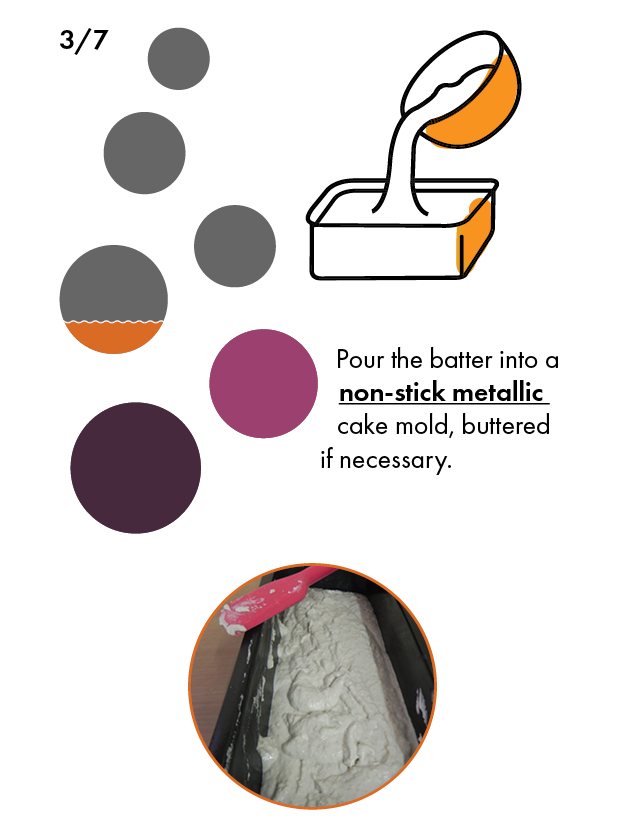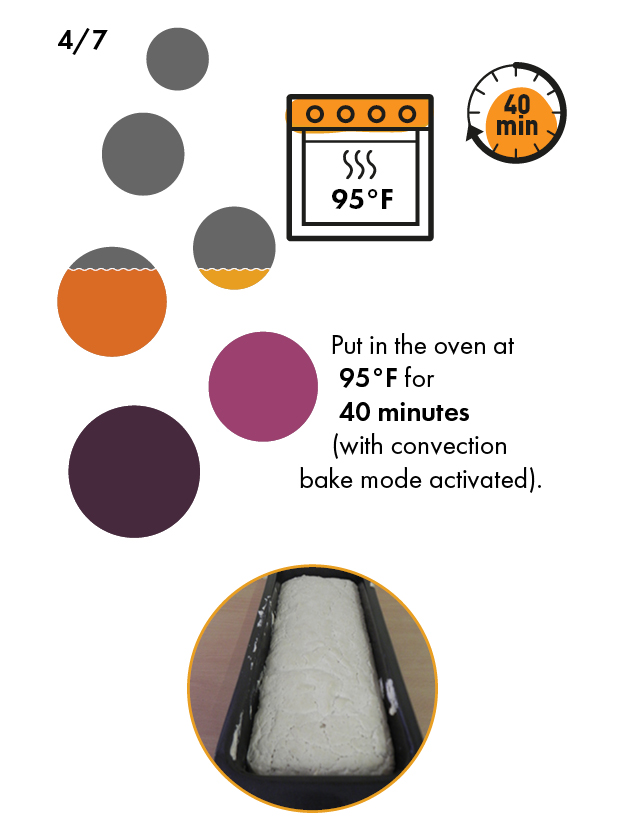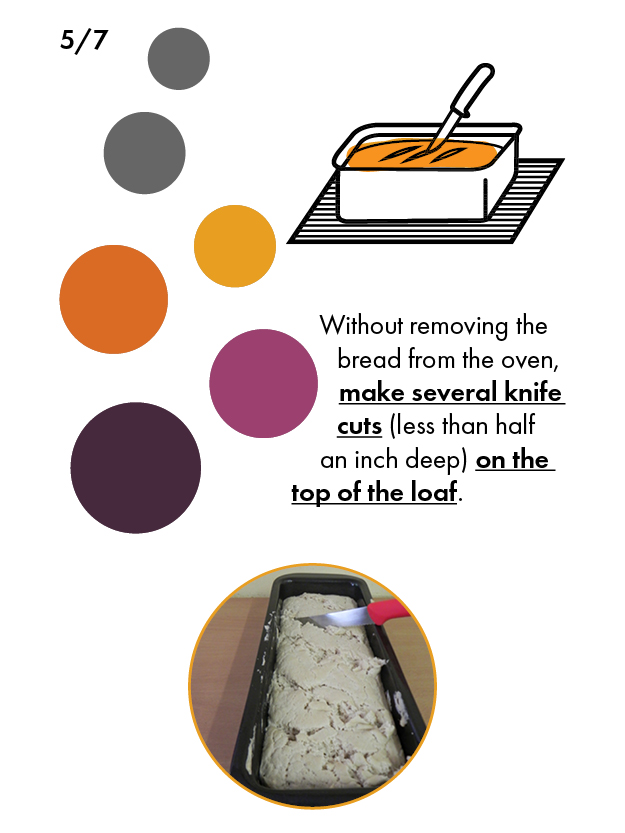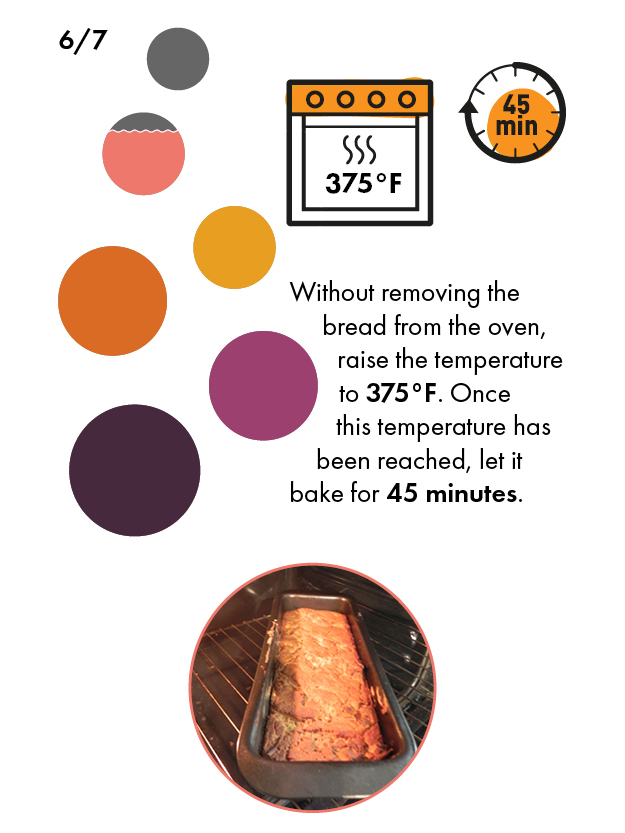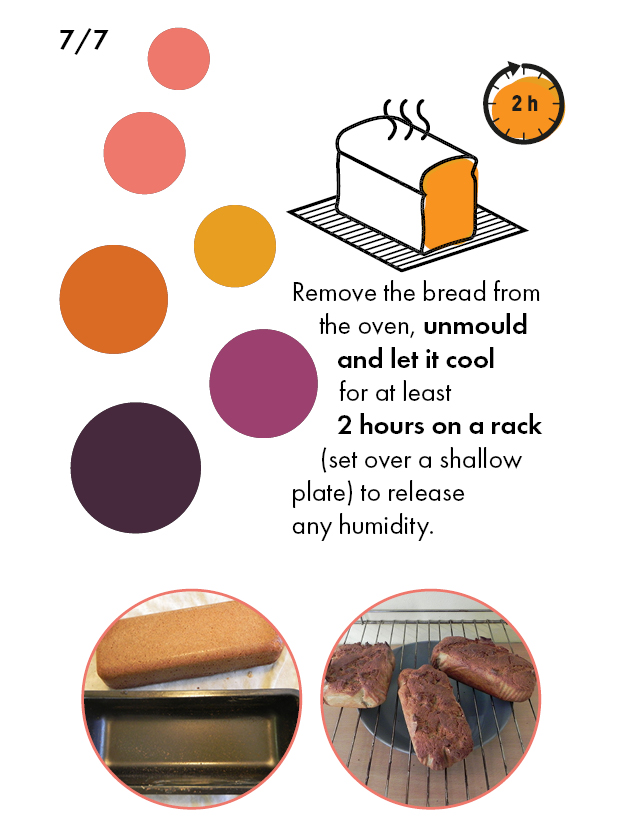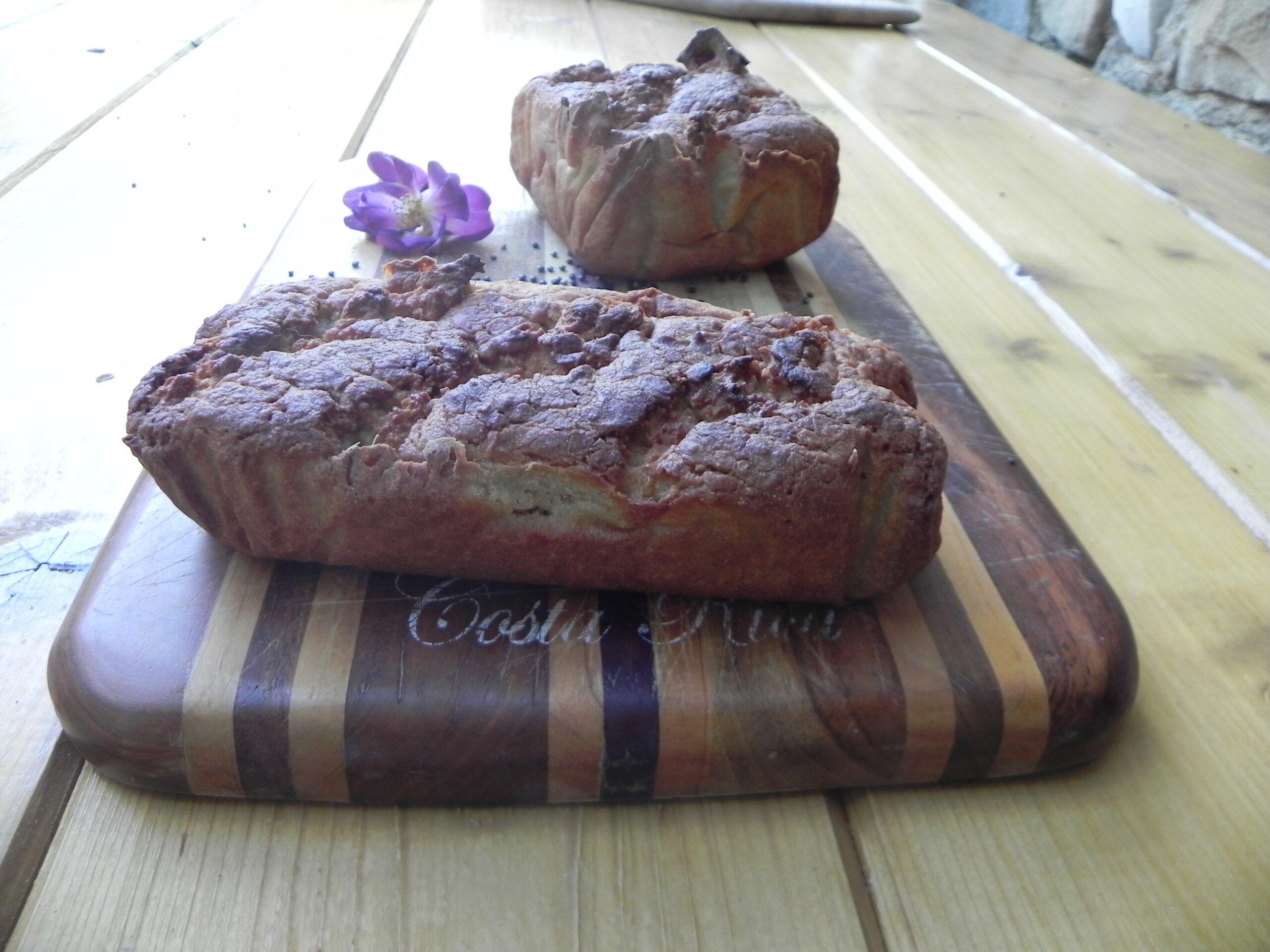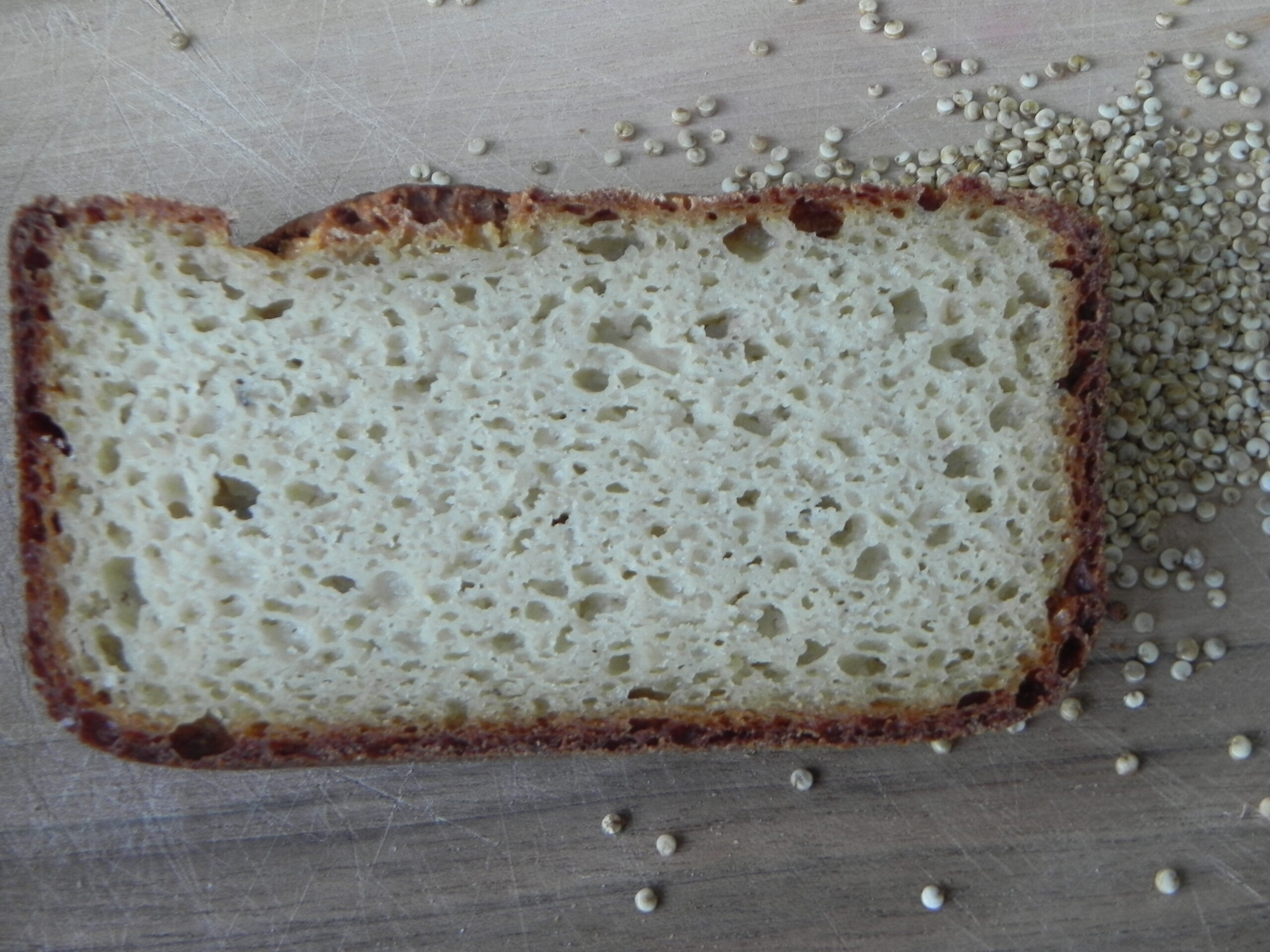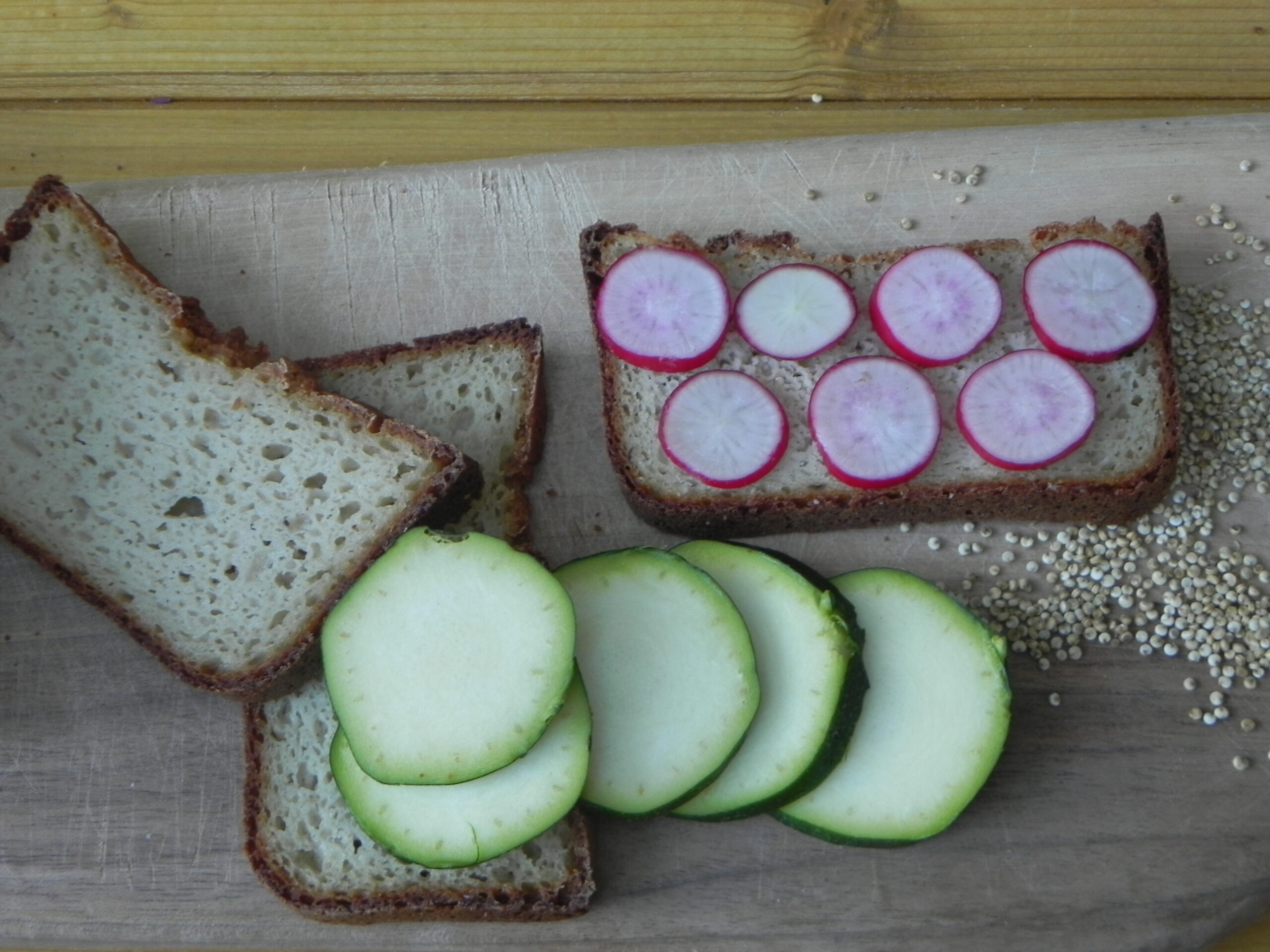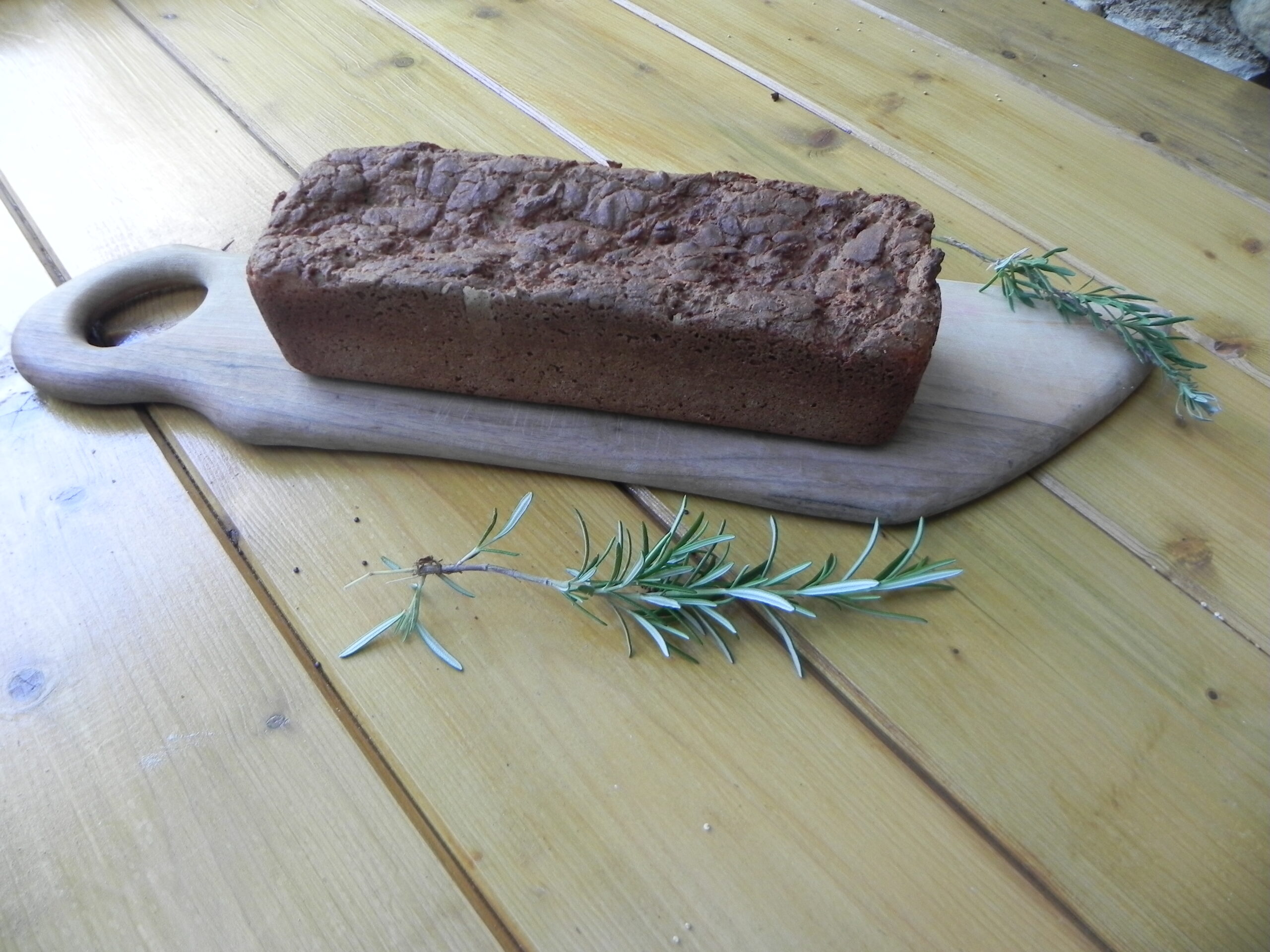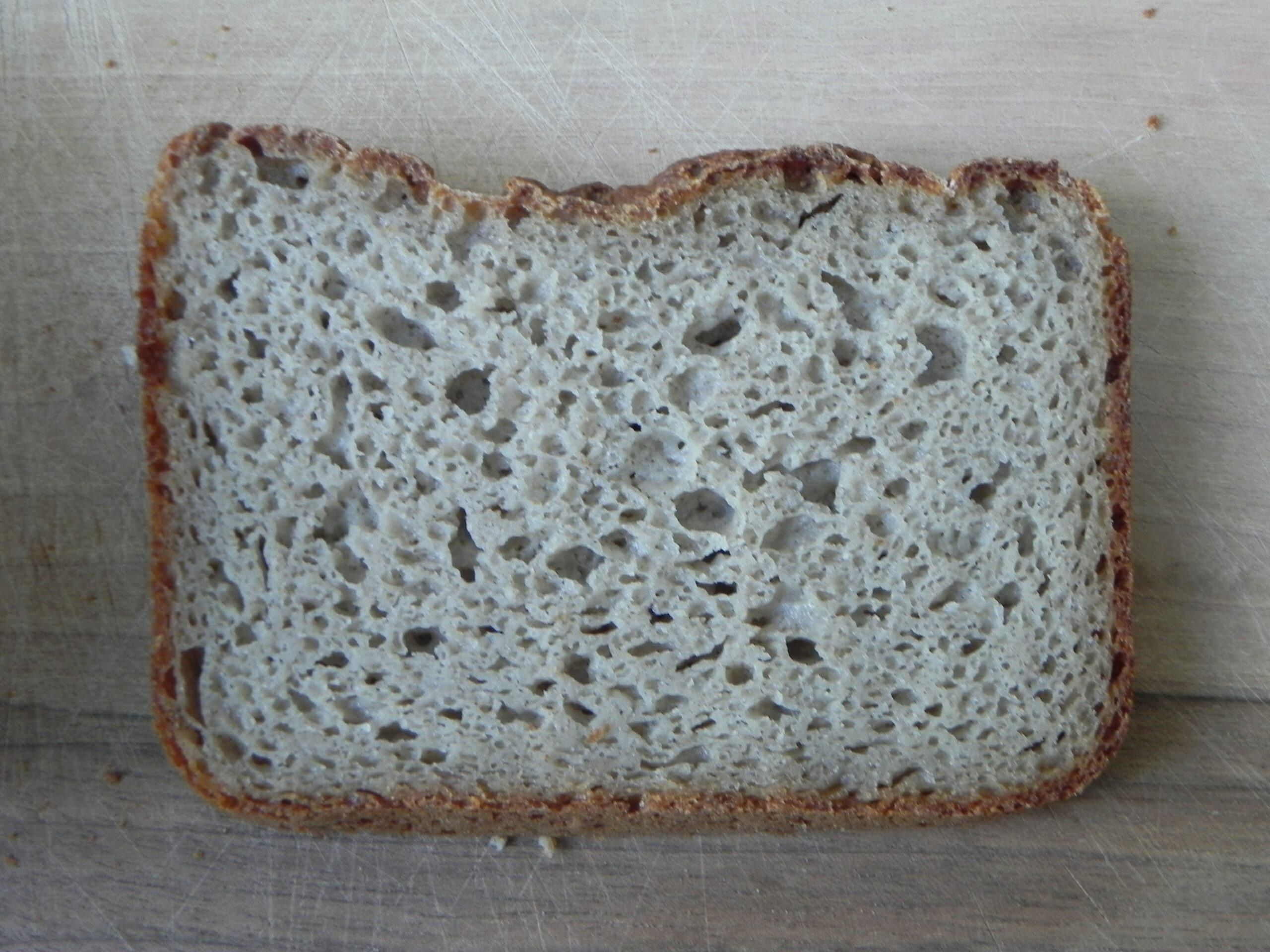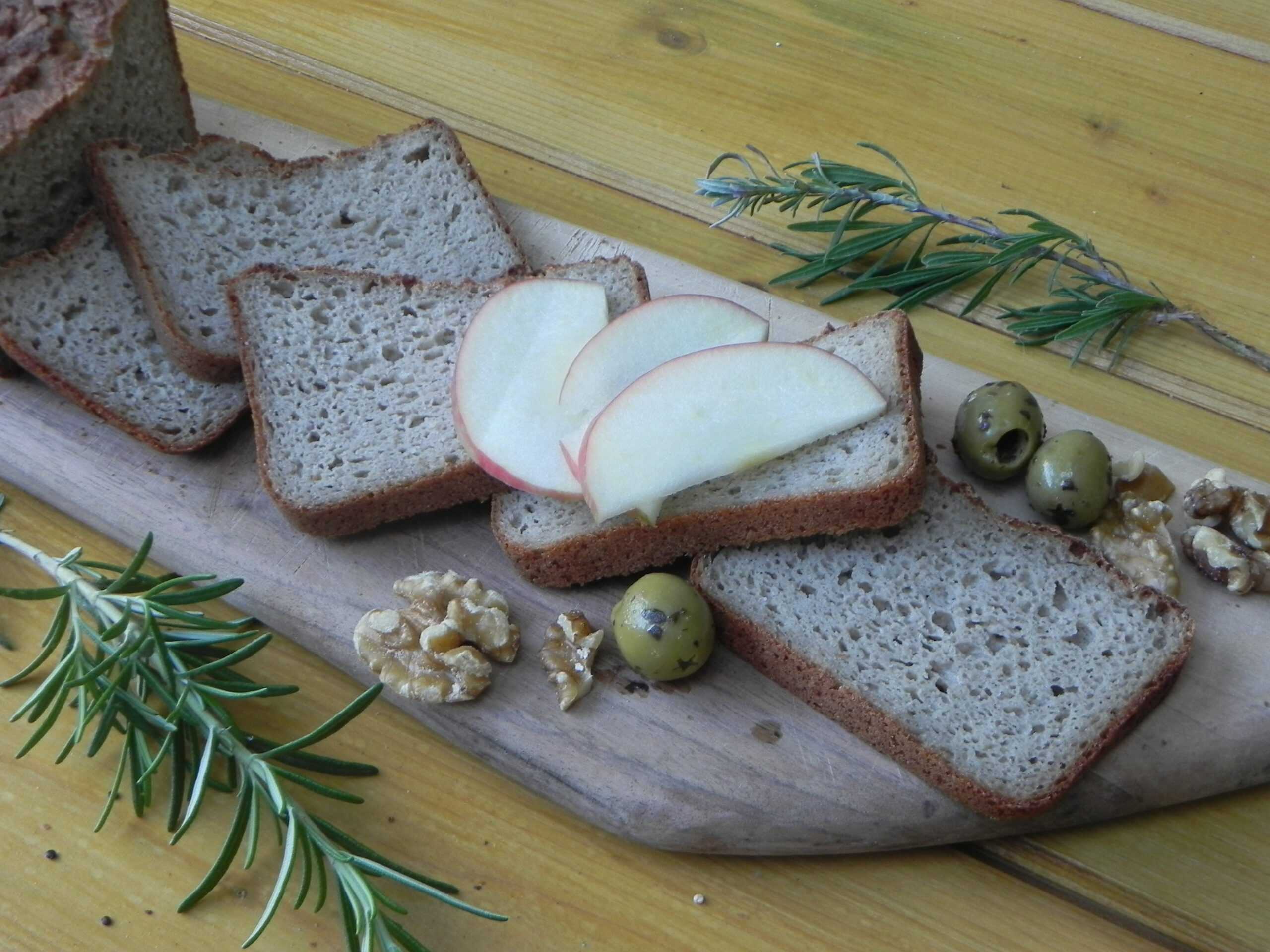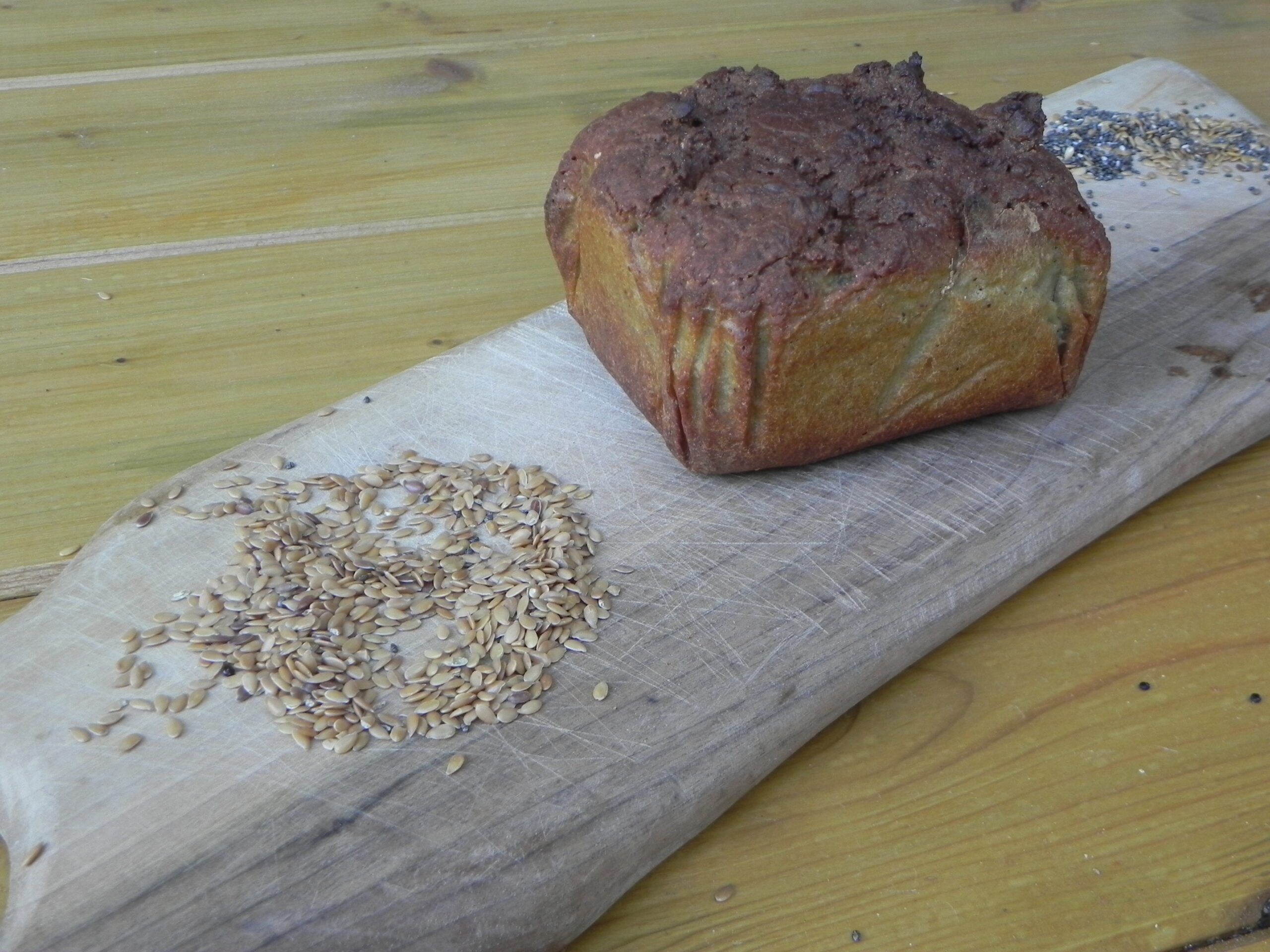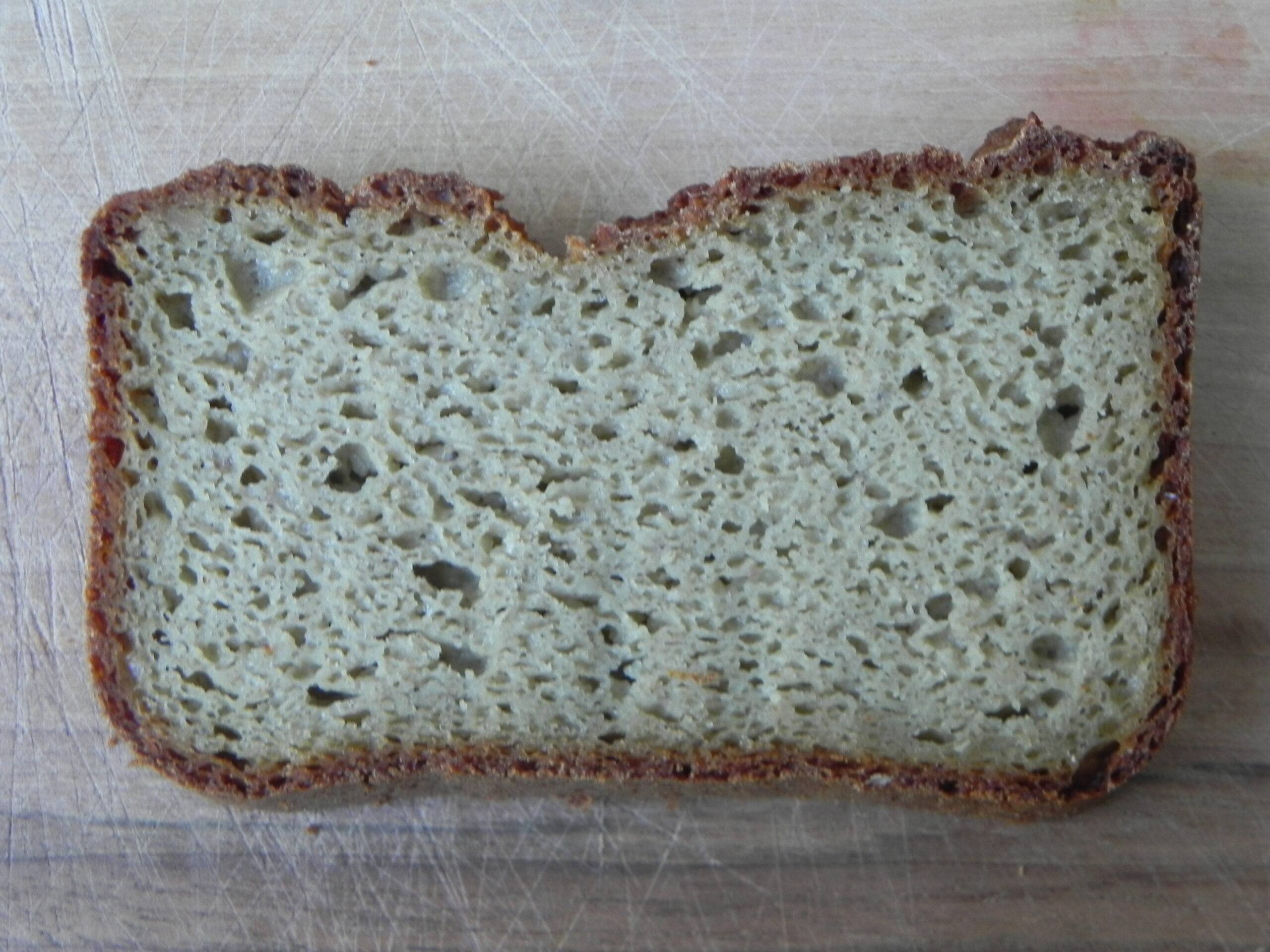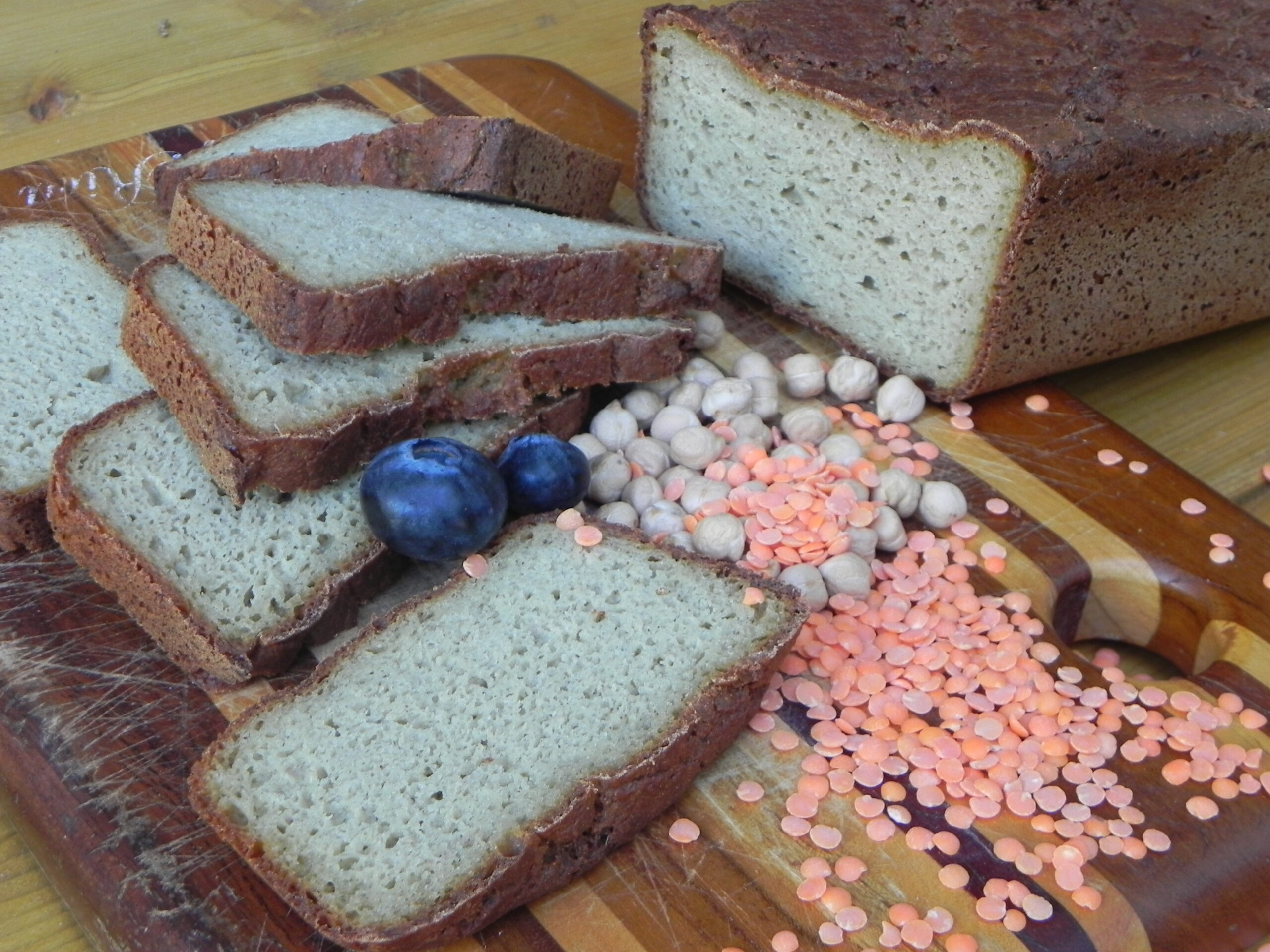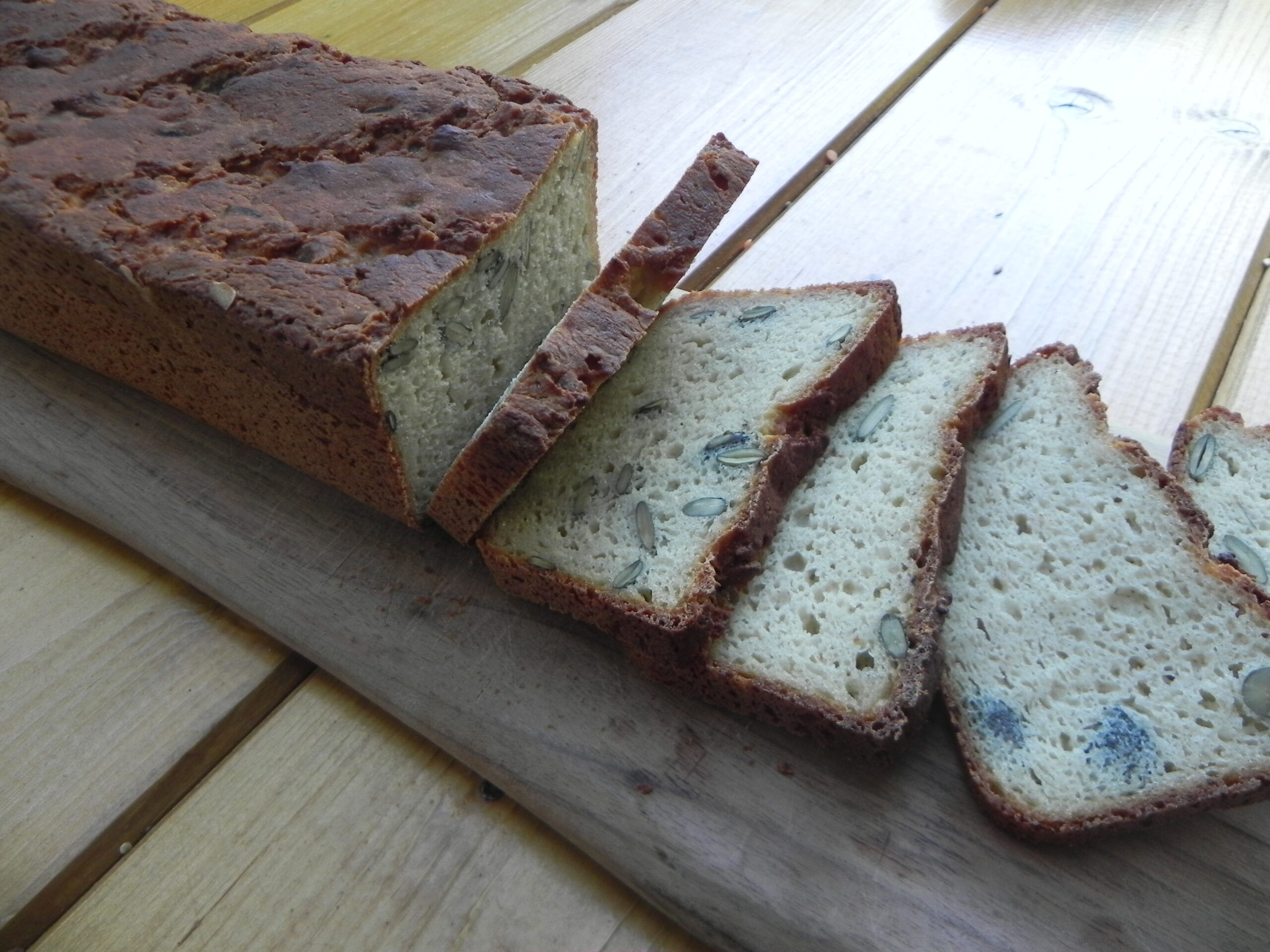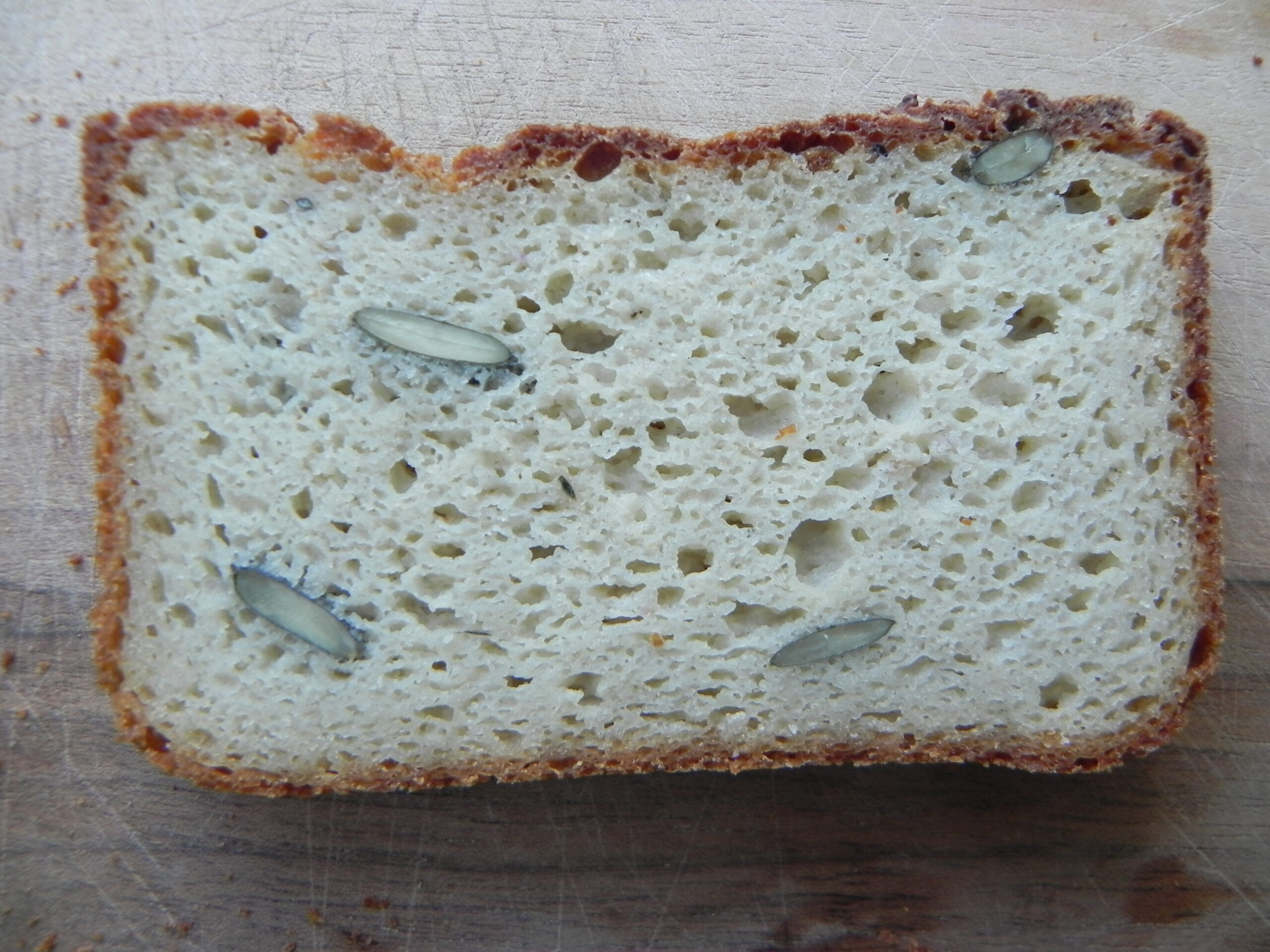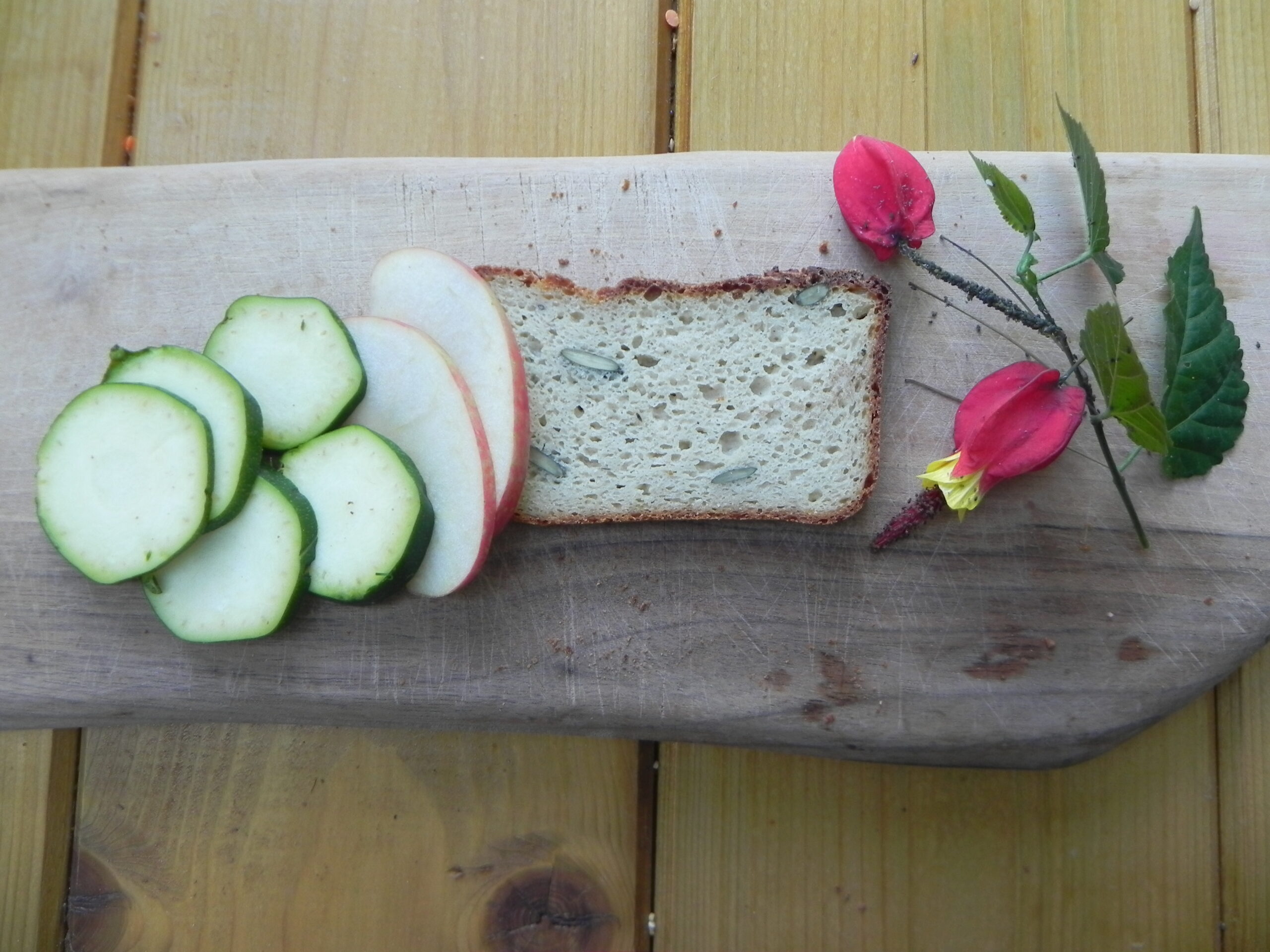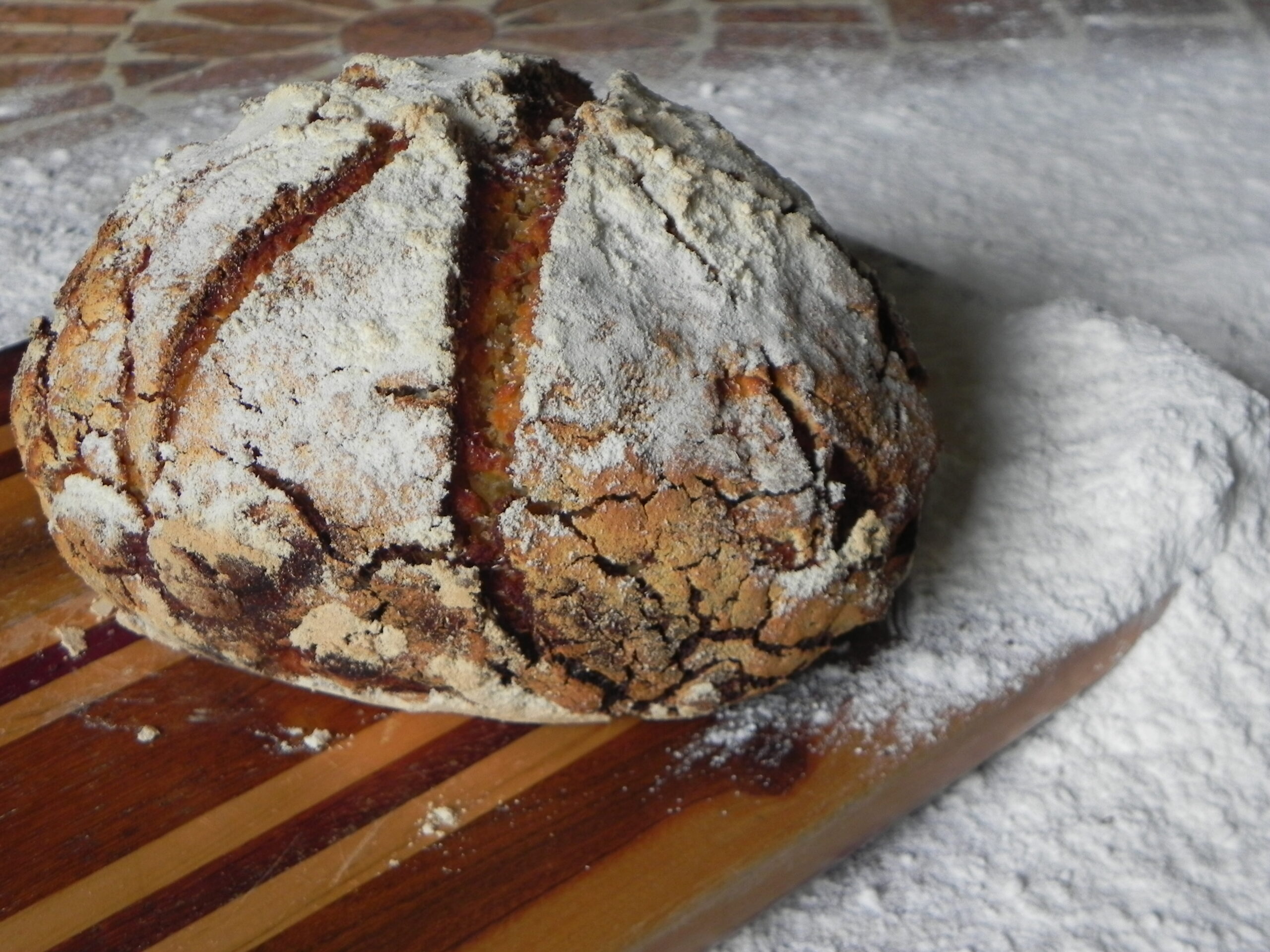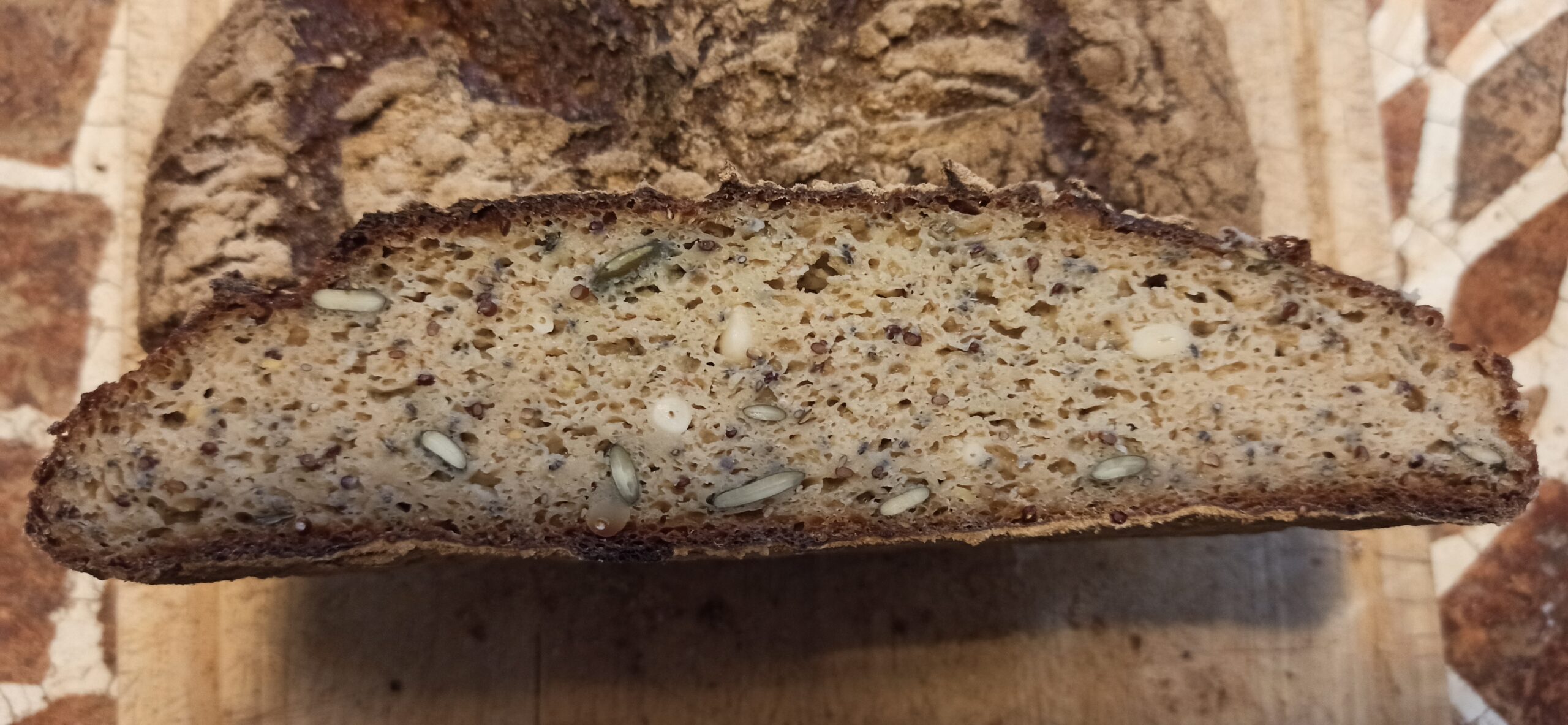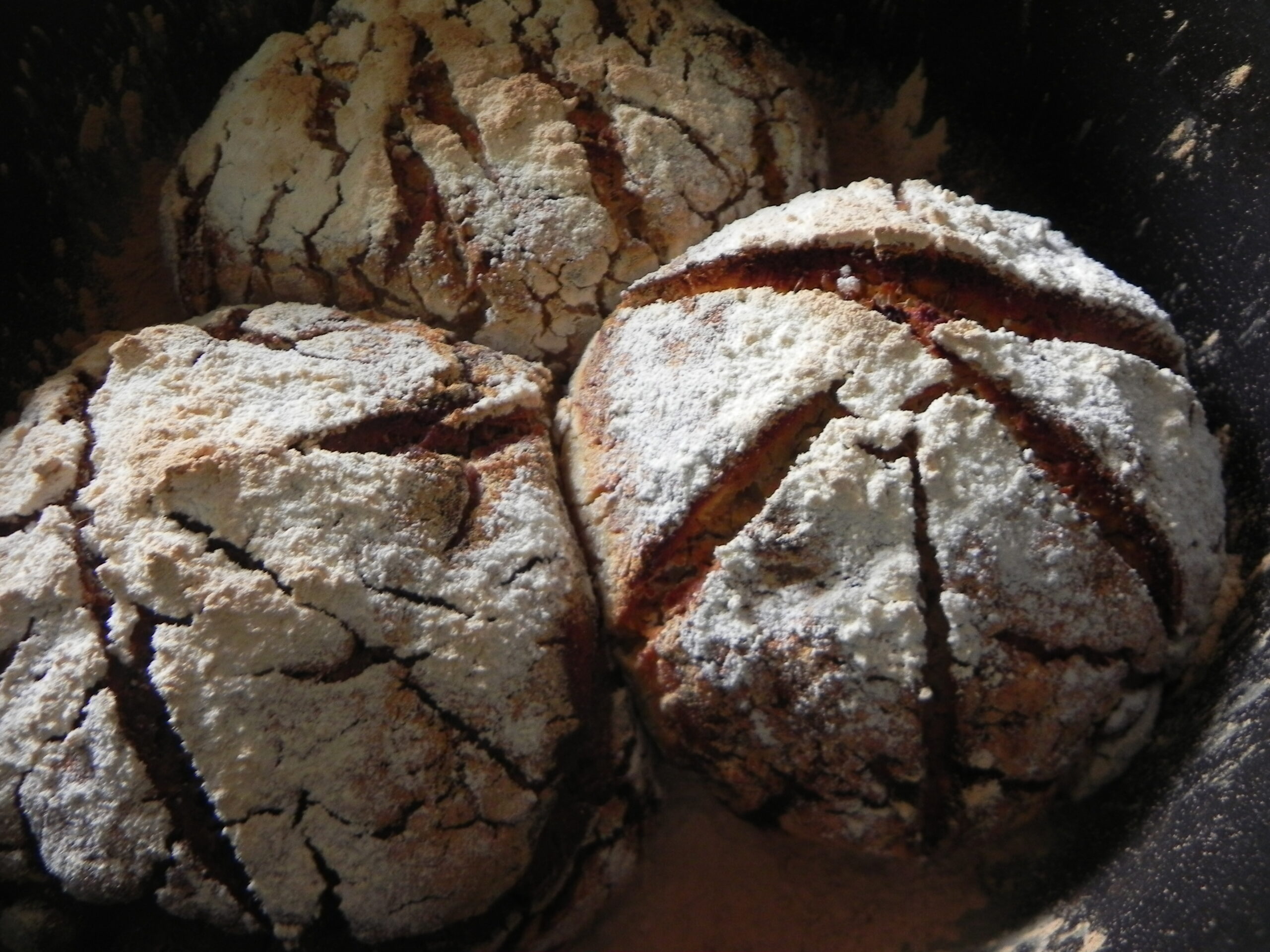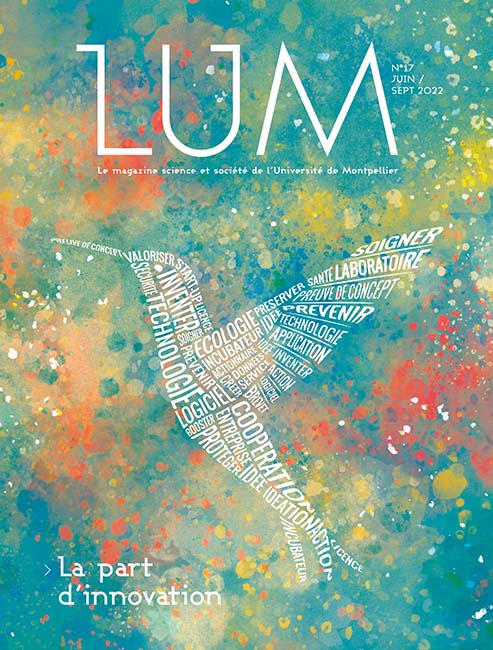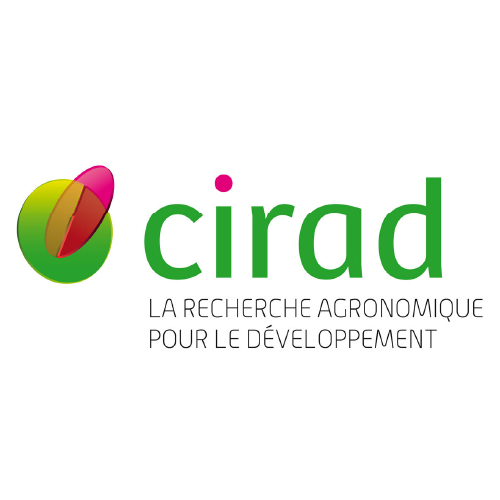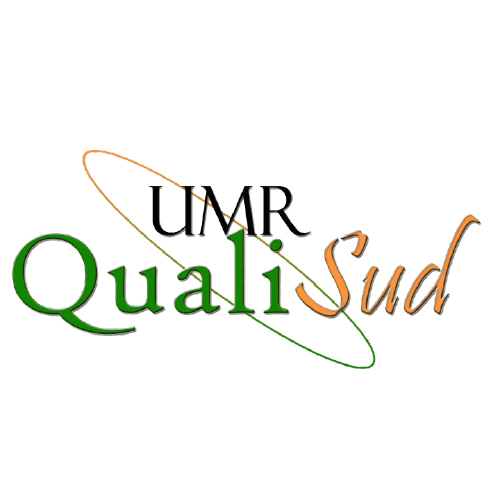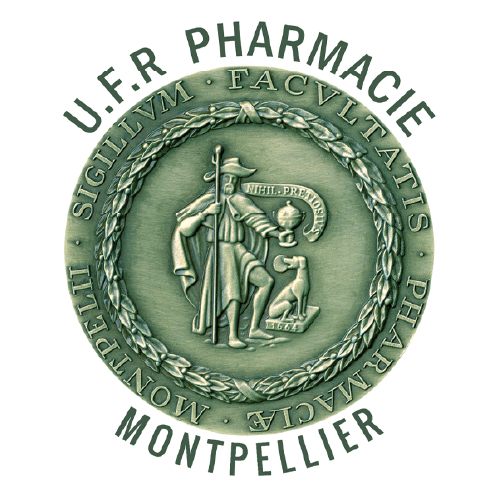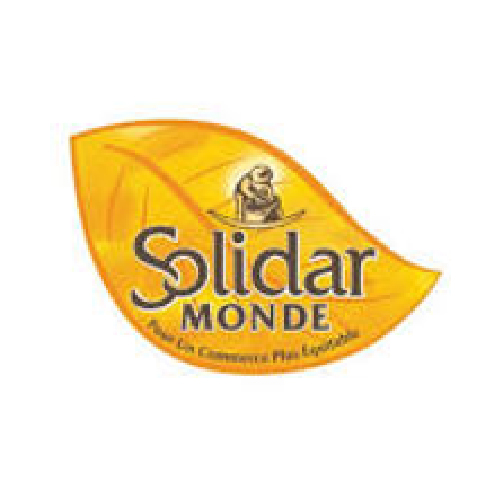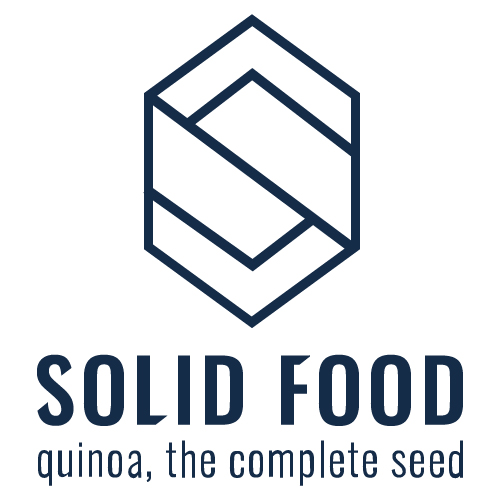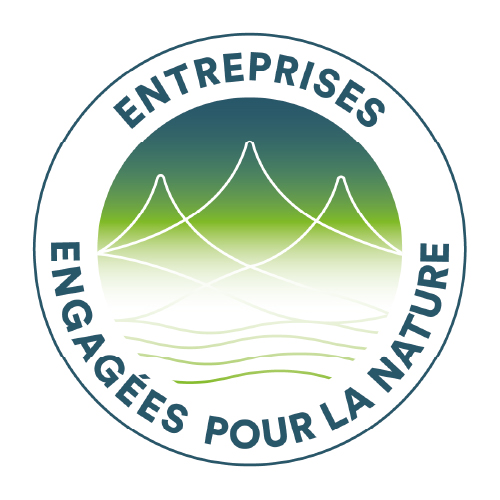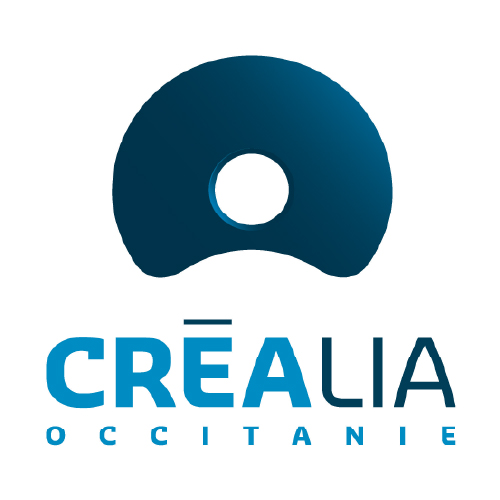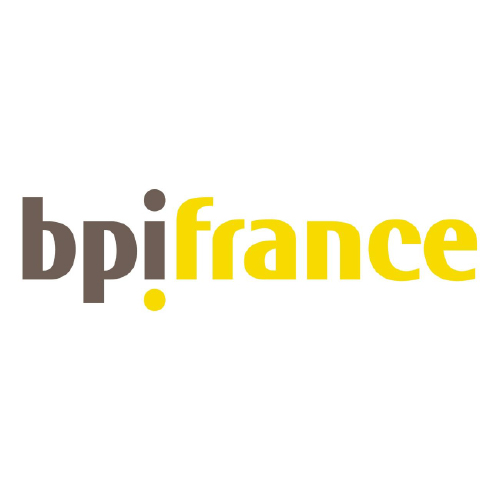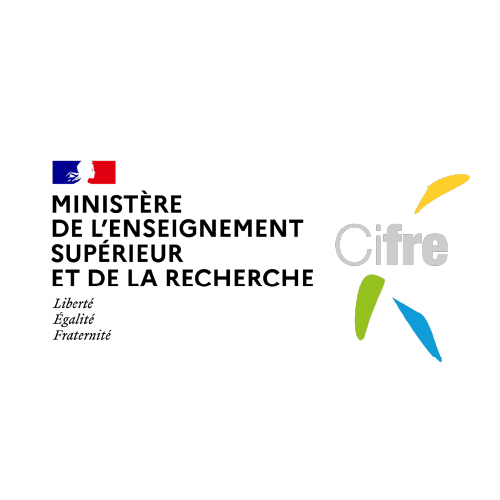
Gluten-Free & All Natural
High Nutritional value
With Quinoa
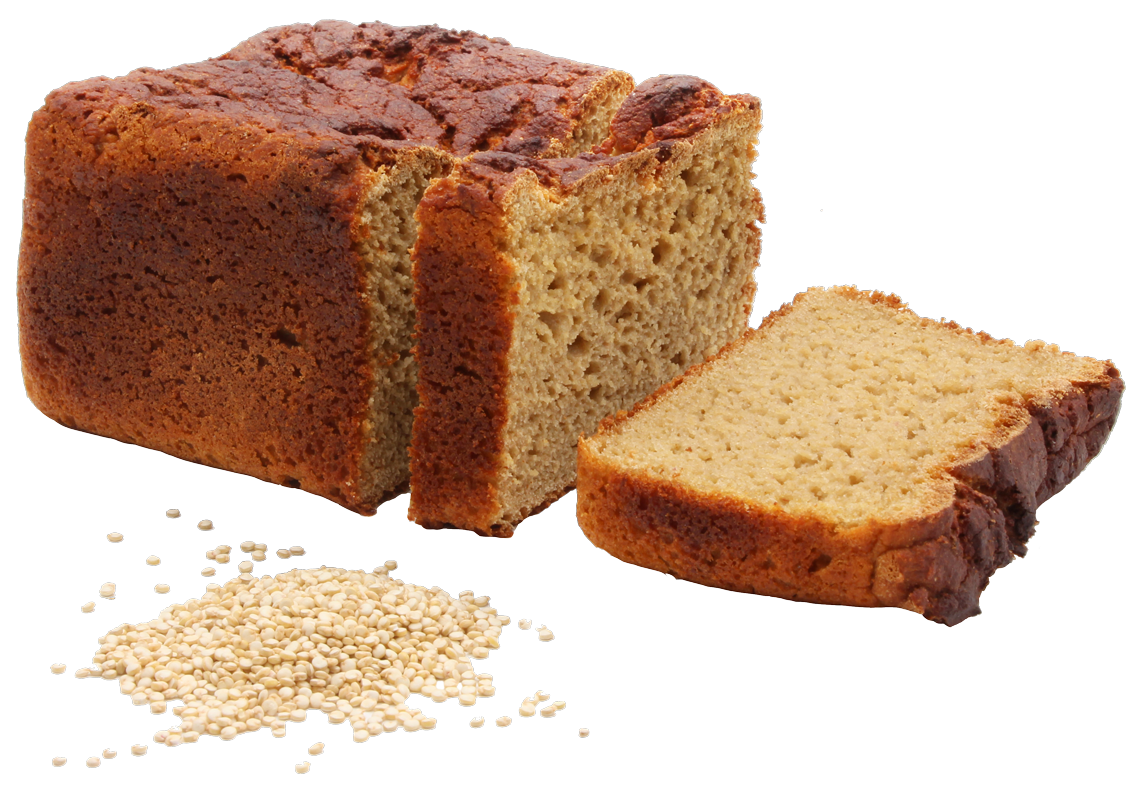
QUALINOA
QUALINOA is a company that emerged from France’s public research sector, and is qualified as a Deeptech business for its breakthrough innovation project :
« R&D is at the heart of our business. We design and develop food products that contain very high nutritional value, no gluten, no additives, and are primarily based on quinoa. »
Committed to a social and green economy
Qualinoa is a socially and environmentally responsible company as we seek to :
- maintain quinoa’s biodiversity by broadening its uses
- supply healthy food for all

at home (in France) and abroad
- R&D to support sustainable and ethical agriculture
- Technical assistance for the design of innovative food products
- Expertise and knowledge transfer to stakeholders
Our technological innovation comes down to enabling bread-making capacity to all types of gluten-free flour, and without the use of any additives.
TRUE QUINOA BREAD
Convenience
Ready-to-bake
flour
Very easy to make

Quality
Bread with
64% quinoa
Gluten-free,
High nutritional value
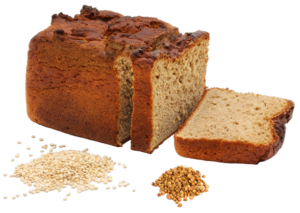
Traceability
Safe &
traceable
ingredients
Organic
and all-natural

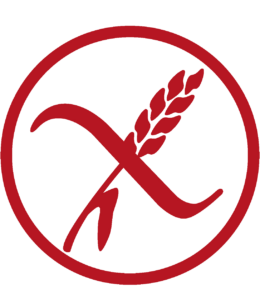
HOME-MADE BREAD
OUR PRODUCT RANGE

Quinoa 64% bread-mix
« The Authentic »
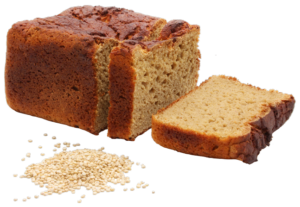

Quinoa 50% bread-mix
with Buckwheat
« The Local »


Quinoa 55% bread-mix
with Hemp
« The Protein-Rich »
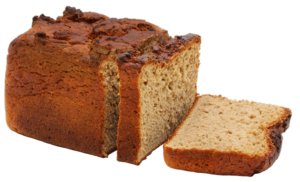

Quinoa 42 % bread-mix
with Pumpkin seeds
« The Grainy »
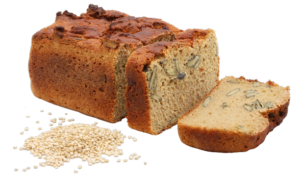

Quinoa > 50%
for Gluten-free Sourdough
« The Terroir »
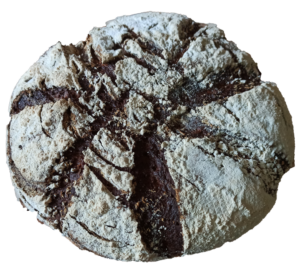
OUR OFFER
Our Services
Our Support
Quinoa knowledge transfer
Ongoing technical assistance
Gradual implementation of gluten-free processes
Custom-work based on your receipes
QUINOA, GOOD FOR ALL, EVERY DAY
What do you need?

Today, rice is the main ingredient in 2/3 of gluten-free products, followed by corn (20% of GF products). However, these ingredients offer poor nutritional value compared to wheat (which contains gluten).
Using quinoa flour as the main ingredient in our bread-mixes allows us to produce food that contain very high nutritional value. Quinoa has a low glycemic index, is rich in omega 3, omega 6, fiber, protein, vitamin E and other various minerals.
Because quinoa surpasses all of the other mainstream cereals in terms of nutritional value, our gluten-free and all-natural bread-mixes are a superior choice for those seeking a nutritious and healthy diet.
What are the benefits?

The health benefits derived from our quinoa-based bread are numerous:
–High nutritional value: our bread are an important source of protein, fiber and antioxidants due to high levels of vitamin E (see comparison chart with rice and wheat).
–Anti-inflammatory benefits: the complete absence of food additives in our bread allows your digestive system to preserve its intestinal balance, which is ideal for anyone suffering from celiac disease or chronic inflammatory bowel disease (IBD).
–Low glycemic index: important for people with type 1 and type 2 diabetes to limit chronic hyperglycemia.
–Better cholesterol level: our bread help reduce LDL (bad) cholesterol by lowering the absorption of saturated fats and thus protecting your cardiovascular system.
–A well-rounded food: by providing a greater feeling of satiety, our bread contribute to better weight management and obesity prevention.
When you eat our bread, you’re opting for a healthy and balanced diet that supports your well-being!
For whom?
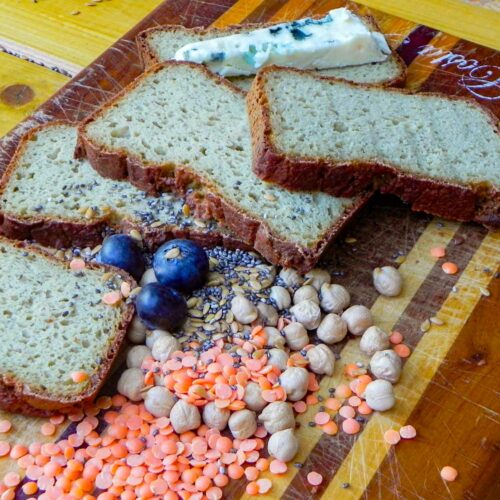
With our bread, we seek to address the needs of different types of individuals.
 Gluten intolerant people: we want to make the lives of celiacs and gluten intolerant people a lot easier by allowing them to lift any social barriers they may experience due to their dietary needs. For these individuals, our mixes represent a safe and secure food option, which their friends and famlily can enjoy too.
Gluten intolerant people: we want to make the lives of celiacs and gluten intolerant people a lot easier by allowing them to lift any social barriers they may experience due to their dietary needs. For these individuals, our mixes represent a safe and secure food option, which their friends and famlily can enjoy too.
 Health-conscious individuals: for anyone seeking to eat quality food on a daily basis and are concerned about the impact their diet has on the environment.
Health-conscious individuals: for anyone seeking to eat quality food on a daily basis and are concerned about the impact their diet has on the environment.
 Athletes, vegetarians and vegans: our bread offer high levels of protein and are rich in minerals. They also have a good balance of all the essential amino acids. All of these nutritional traits allow quicker recovery and better muscle development for individuals that go through intense and sustained efforts frequently.
Athletes, vegetarians and vegans: our bread offer high levels of protein and are rich in minerals. They also have a good balance of all the essential amino acids. All of these nutritional traits allow quicker recovery and better muscle development for individuals that go through intense and sustained efforts frequently.
 Seniors: because our bread are a good source of fiber, protein, minerals and vitamins, we help elderly people combat muscle loss when their appetite is weak and can’t eat large amounts of food.
Seniors: because our bread are a good source of fiber, protein, minerals and vitamins, we help elderly people combat muscle loss when their appetite is weak and can’t eat large amounts of food.
In short, our bread support a healthy and active lifestyle, and for a whole range of different consumers.
WHERE TO FIND OUR PRODUCTS?
For food & baking professionals:
Wholesale
packaging
10kg / 22 LBS
&
25kg / 55 LBS
Do you have any questions?
- Feel free to reach out through our contact form, we will get back to you as soon as we can.
For retail customers:
Ready-to-bake mixes
(350 g / 12.4 oz)
Online sales
- On our partner’s website: racines-shop.com
- Direct link to our products : https://www.racines-shop.com/qualinoa-c102x4385890
- Coming soon: list of local organic shops for in-store purchases
- Also in the works: pre-order forms for fresh bread and other group-purchasing lists
Do you have any questions?
- Feel free to reach out through our contact form, we will get back to you as soon as we can.
Our team
Get to know us:
Qualinoa is structured around its founder and CEO, Didier Bazile, and relies on three full-time employees to carry out the company’s research and development projects and its commercial activities.
Didier is assisted by Qualinoa’s “Strategic Advisory Board” when it comes to strategic decisions, as well various experts and consultants in the fields of business operations and scientific research.
Qualinoa’s story ➔
Beyond his responsibilities as CEO, Didier’s main role includes the definition and implementation of Qualinoa’s innovation strategy, and ensures that the business is always in-line with the principles of the “social economy” (ESS), which are governed by law in France.
Didier relies on the expertise of the “Strategic Advisory Board” to define Qualino’s overall business and management strategy. The board includes 10 professionals with different backgrounds in the agribusiness and beyond.

Didier is an agro-ecologist researcher at the Centre de Coopération Internationale en Recherche Agronomique pour le Développement (CIRAD). He specializes in neglected and under-utilized crops.
He has over 15 years of international experience in Africa, Asia and South America.
Didier worked from 2008 to 2012 with research institutes in the Andean countries to characterize quinoa’s various genetic resources.
He also represented “Europe” on the Scientific Committee during the UN’s International Year of Quinoa in 2013.
From 2014 to 2016, he coordinated regional quinoa experiments for the FAO in 31 countries, before being appointed “Global Quinoa Focal Point” and facilitated the creation of an international collaborative network for quinoa research (gcn-quinoa.org).
He was CIRAD’s Regional Director for the Mediterranean, the Middle East and the Balkans, and was in charge of the “biodiversity” mission while representing CIRAD internationally.
Fun personal fact: “Didier ran his first marathon (42.195km) in Chile on his 42nd birthday, eating quinoa”
Fun personal fact:
“Didier ran his first marathon (42.195km) in Chile on his 42nd birthday, eating quinoa”

Amandine holds a Master’s degree in International Agri-Development. She specialized in innovation, development and entrepreneurship in the agrifood industry (“Innover, développer et entreprendre dans l’agroalimentaire” – IDéAL).
Following several experiences abroad (Senegal, Tunisia, Colombia etc.), she is now focusing on the valorization of agricultural raw materials and the development of new processing units.
Fun personal fact:
“Amandine only feeds on coffee and chocolate”
Amandine’s role at Qualinoa includes developing new research methods in order to better characterize the nutritional profile of minor quinoa varieties, which will then be added to the company’s bread flour blends.
Luc Delobel is of French-American origin and graduated from business schools in Madrid (as an undergraduate) and Paris (for his Masters). His main responsibility at Qualinoa is to grow the business in North-America (USA and Canada), the biggest gluten-free market as of today.

Luc trained in international business. His time at Qualinoa is focused on business development. His role is to develop the company’s commercial activity in the US and Canadian market. He leans on several quinoa experts in the North-American region to carry out his mission and find the right contacts and partners.
Fun personal fact:
“Luc is a die-hard fan of RC Lens, a popular soccer club based in northern France.”

After a Master’s degree in clinical neuroscience, Arnaud continued his studies in the “Mastère Spécialisé – Manager, Marketing et Commercial dans les industries de la santé” at Toulouse Business School.
He focuses on product differentiation relative to distribution channels and consumer profiles. He relies on experts to share Qualinoa’s gluten-free know-how to baking professionals and assist them during those key transitional phases.
Fun personal fact:
“Despite his weak knees, Arnaud hopes that one day he can finish an IronMan (long-form triathlon)”.
Arnaud’s role is to implement and oversee sales strategies for the company products and services. These strategies are underpinned by key co-development and business development partnerships.
Qualinoa has always been committed to welcoming and training future engineers as we believes it is very important to involve early on the next generations of leaders when it comes to tomorrow’s food.
Since 2020, we have been drawing on a rich pool of students and interns, all of whom have sown their own seeds to Qualinoa’s project.
GET TO KNOW MORE ➔
12 INSUFFICIENTLY KNOWN SCIENTIFIC FACTS…
...THAT STRUCTURE OUR IDENTITY AND ARE THE FOUNDATIONS OF OUR ACTION

In addition to the extinction of minor and under-utilized species, the systematic selection of varieties (within major species) for their high yield potential - at the expense of their nutritional traits, further accelerates the decline in biodiversity.
This biodiversity “erosion” in agriculture poses a serious threat to our food supply system and our health.
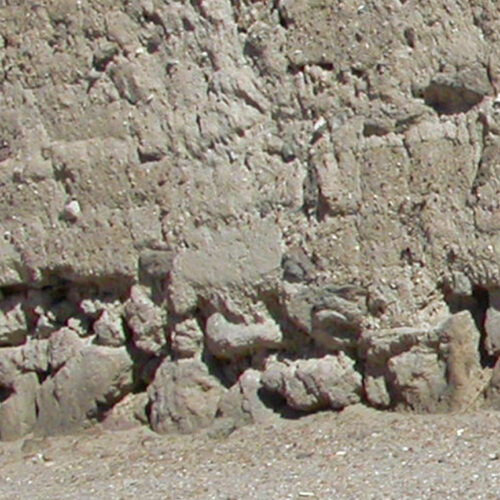
Quinoa belongs to a single domesticated botanical species (Chenopodium quinoa Willd.), but there are five main types of quinoas, which are often misknown depending on the ecosystems in which they have developed.
Quinoa is a cultivated herbaceous plant native to the Andean region. It was domesticated around Lake Titicaca, at an altitude of 3,800 metres, around 7,000 years ago.
Morphological transformations due to human selection have produced a more compact inflorescence, increased stem and seed size, loss of seed dispersal mechanisms and high pigmentation.
Adapted to various ecological and social contexts through human migration, quinoa has spread throughout the Andes (Bolivia, Peru, Chile, Argentina, Ecuador, Colombia) and as far as the island of Chiloé, (of Chile).
Today, there are five major quinoa ecotypes, each adapted to specific agroecosystems (defined within a gradient of altitude and rainfall):
- Altiplano quinoas (>3,800 m), around Lake Titicaca.
- Quinoas of the Salars (salt lakes), mainly in southern Bolivia (Uyuni), northern Chile and Argentina, in high-altitude deserts.
- Quinoas of the Inter-Andean Valleys, growing at altitudes of between 2,500 and 3,600 m, with rainfall of up to 1,000 mm/year.
- Quinoas of the Yungas, in the subtropical forest valleys of Bolivia.
- Coastal/sea-level quinoa (0-1500 m), found in south-central Chile.
Each of these 5 ecotypes displays enormous genetic diversity, which means that there are more than 6,000 farmers’ varieties in the Andean countries.
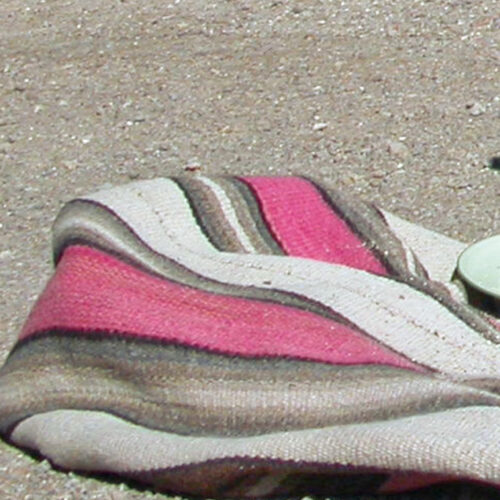
To this end, Qualinoa has developed an industrial pilot line that will soon enable the efficient de-saponification process of a given batch of quinoa (according to its grain characteristics), while meeting the needs of producers and importers in the market.
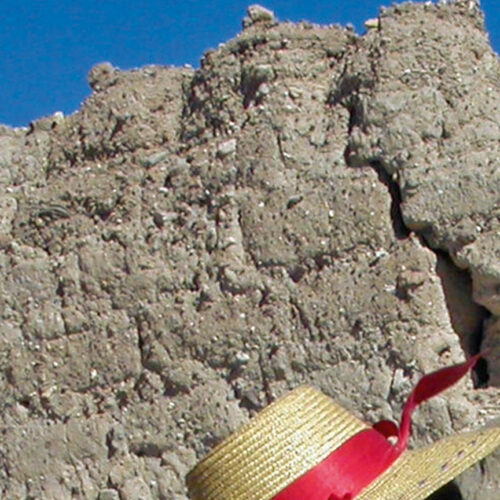
To maintain a profitable business, farmers alone cannot bear the responsibility of preserving biodiversity. An agricultural policy that supports the “biodiversity of farmers'” is essential because even when these varieties are preserved ex situ in seed banks, it is not enough to ensure their survival.
Our current system, based on chemical agriculture, expansion of cultivated areas and mechanization, relies on seed banks for the improvement and creation of new varieties. But this model is fixed and does not allow seeds to evolve with their predators and diseases in the natural environment. Farmers' varieties constantly evolve with their environment: this is what we call “dynamic conservation”.
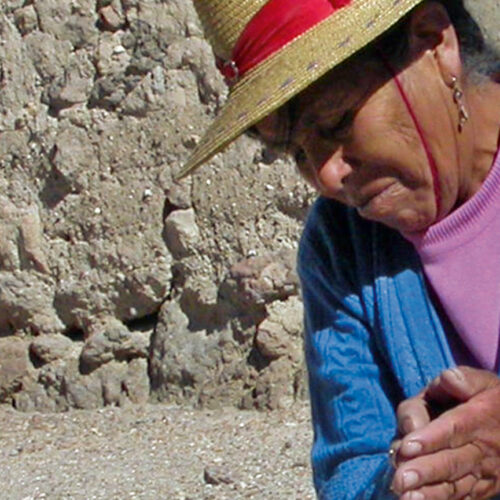
This dynamic approach to biodiversity strengthens quinoa's adaptation and resilience against growing environmental challenges. It also opens up new prospects for diversifying quinoa farming worldwide, supporting its expansion into more than 125 countries. By recognizing and supporting the crucial role of farmers in this process, we are strengthening quinoa's ability to adapt and thrive in changing conditions, while preserving its nutritional richness for future generations.
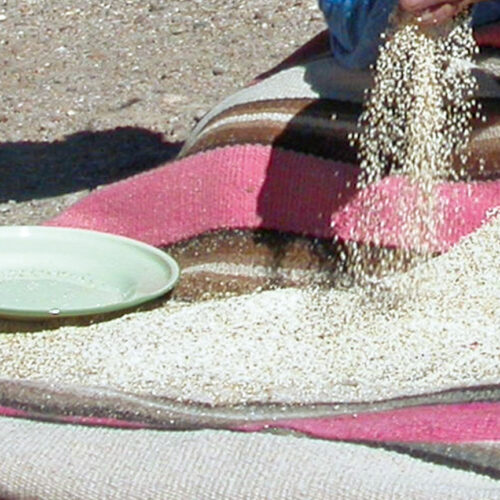
Today, only a dozen quinoa varieties are registered in the European seed bank for farming and trade. They all originate from Andean genetic resources and have been adapted to the European climate.
But this extremely limited range of varieties contrasts with the 6,000 that exist in the Andes, and makes farmers dependent on 2-3 seed companies in Europe. Moreover, downstream, the market is dominated by a handful of large importers (4-5), who manage the distribution of quinoa through various channels (from specialist stores to supermarkets and e-commerce).
These 2 factors make it difficult for independent quinoa farmers (who are not organized into cooperatives) to have a say on how to grow their fields and conduct business.
On the consumer end, the varieties grown in France and Europe are mainly high-yielding “mild” varieties. However, these varieties have heterogeneous nutritional profiles, and when taken individually, none of them is perfectly well-rounded. And some varieties remain prone to bitterness due to the presence of residual saponins after the brushing phase.
In order to address these issues, Qualinoa supports farmers by:
- giving them access to a wide range of quinoa varieties.
- helping them evaluate the quinoa varieties that are best suited to their farming conditions.
- working with reliable and experienced actors in the industry to ensure market opportunities.
- developing food innovations to diversify quinoa usages.

We have progressively selected varieties for controlled environments, but climate change is creating more uncertainty as extreme events are becoming more and more frequent (temperature, salinity, rainfall, etc.). Furthermore, our selection for high yielding crops has always favoured the quantity of food produced rather than their nutritional quality. So, if yields fall due to a changing climate, the nutritional needs of our growing world population will no longer be met. Half of China is already considered desertic, where agriculture is impossible, and is one of the reasons why the country seeks to acquire land in Africa - to ensure its food security.
Therefore, it is crucial to turn to minor and hardy species such as quinoa, which can grow in difficult conditions. Agronomic research on these species show that they can offer a significant and very rapid return on investment, compared with the extremely limited results that can be expected from major species, some of which have already reached their full potential.

Manufacturers prefer to process only standardized, large-grain varieties to reduce their post-harvest processing costs, creating a funnel effect on the diversity of varieties grown by Andean farmers. Minor varieties thus regularly disappear as international outlets select specific varietal types which conditions the farmers’ crop choices.
It is crucial to characterize more precisely the nutritional composition of each quinoa variety in order to understand its specificities and the constraints it faces in terms of farming and use. This detailed knowledge of all varieties is essential if we are to continue to diversify quinoa's potential uses, making full use of the nutritional and technological qualities of minor varieties that are often neglected on the world market.
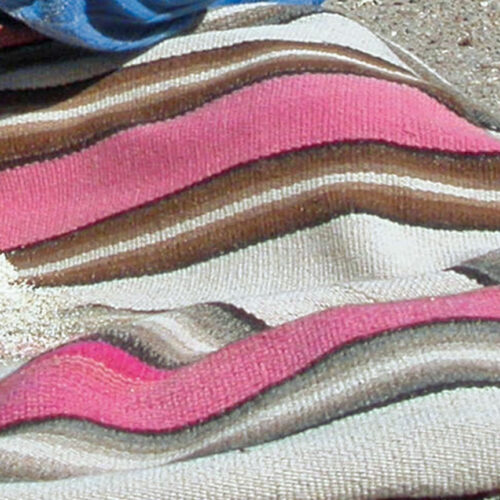
This is due to the presence of goosefoot, a wild cousin of quinoa, in European cereal crops. To get rid of goosefoot, European farmers must rely on agricultural machinery for weed management and harvesting, especially when wet seasons occur. In addition to its impact on climate change through Green House Emissions (GHE), it should be pointed out that 2/3 of quinoa production in France relies on conventional farming rather than organic farming.
Qualinoa’s support for quinoa farmers is based on agro-ecological practices, such as increasing the density of sowing in order to better manage weeds, crop associations to limit the need for machinery, and multi-year crop rotation.
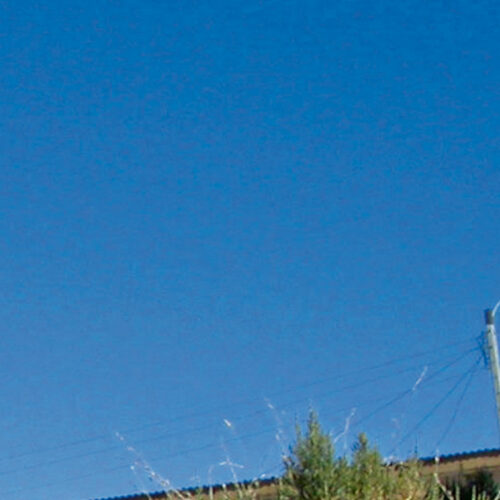
Quinoa has remarkable agronomic potential, with a significant multiplier effect: a single grain can produce up to 500 grams, given that the average weight of 1,000 grains is 3g. This compares with around 40 to 50 grains on an ear of wheat from the sowing of a single grain, given that growing wheat requires 600 to 800 mm of water, compared with 200 to 400 mm for quinoa!
Investing in research to develop new varieties of these minor species could further increase their productivity and strengthen their adaptation to changing climatic conditions, while enhancing their nutritional potential to ensure global food security.
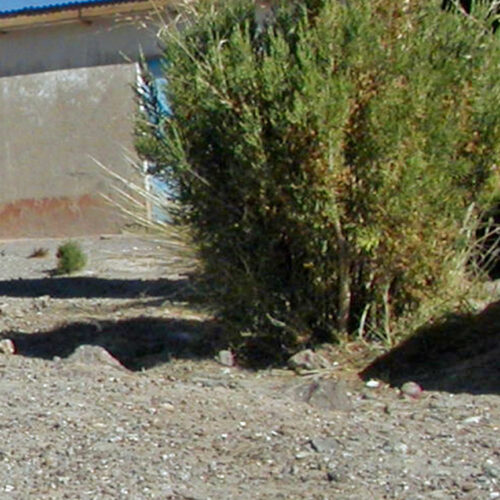
Since 2020, the Food and Agriculture Organization of the United Nations (FAO) has set a regulatory standard in its Food CODEX, which states that saponin levels must not exceed 0.12% for the trade of quinoa grains. Therefore, bitter varieties require cleaning operations (dry and wet) to lower their saponin level below this threshold. These operations are now well mastered by the agro-industry, enabling the bitterness of some varieties to be completely eliminated.
On the other hand, for the varieties that are considered sweet and are already below the regulatory threshold, they do not require any cleaning operations under international regulations. As a result, some sweet varieties (with no compulsory washing) may paradoxically have a more bitter taste than naturally bitter varieties that have been properly washed before being commercialized.
In Europe, the selection of quinoa varieties has been focused on milder varieties in order to limit the need for costly post-harvest operations. Several mild varieties are cultivated by simply brushing the grains to make them brighter, but without eliminating residual saponins. As a result of this process, these sweet/mild varieties may appear bitter to some sensitive consumers, unlike well-washed Andean varieties.
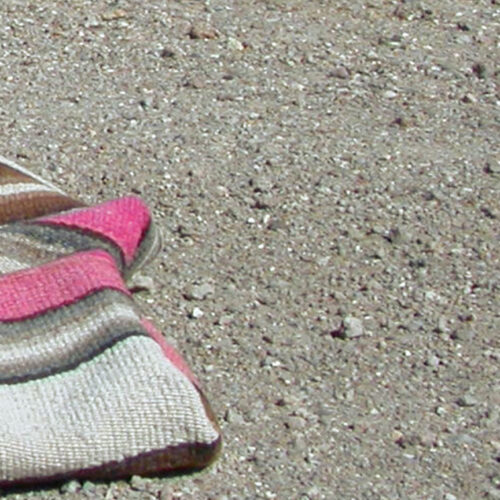
However, quinoa production in Bolivia and Peru has risen sharply over the past 15 years, with an ever-increasing share destined for domestic consumption despite a steady increase in exports. For example, Peru's average per capita consumption of quinoa has doubled in 15 years, while its exports have tripled.
Regarding prices, the quinoa sold on local markets in the Andes is not subject to the same quality requirements than the quinoa destined for export, enabling local varieties of quinoa to remain available at affordable prices. Andeans buy “raw” quinoa and use traditional methods at home to de-saponify it before consumption.
PEERS & EXPERTS RECOGNITION
PRESS RELEASES
AWARDS
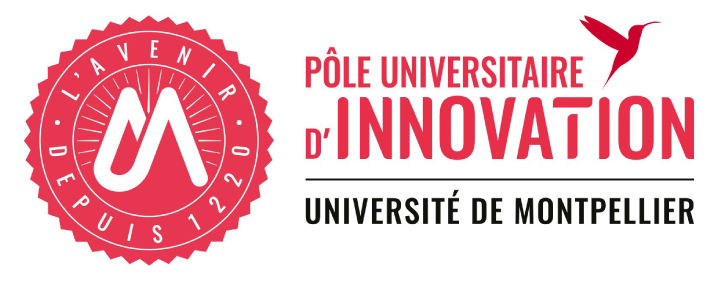
10/2020
Coup de Coeur” award from the Montpellier Innovation Booster, MUSE/Université d’Excellence
Booster d’innovation: To discover innovative and groundbreaking projects and support the emergence of new businesses to maximize their impact.
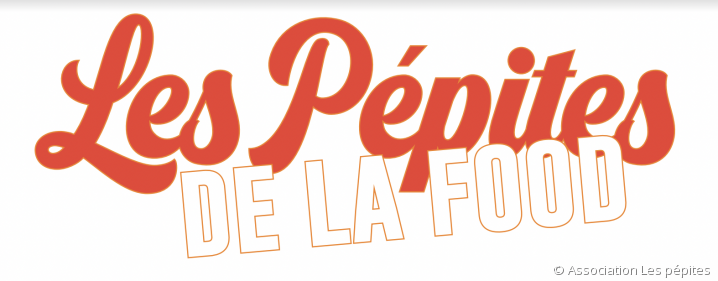
12/2022
2nd Prix des Pépites de la Food (Toulouse)
Pépite de la food: Highlighting and supporting innovative projects that have local roots and help strengthen the sustainability of our food system.
Labels

09/2022
Deeptech label granted by BPI France
Deep Tech label: granted to organizations offering products or services based on high-impact innovations, with the ambition of solving the major challenges of the 21st century.
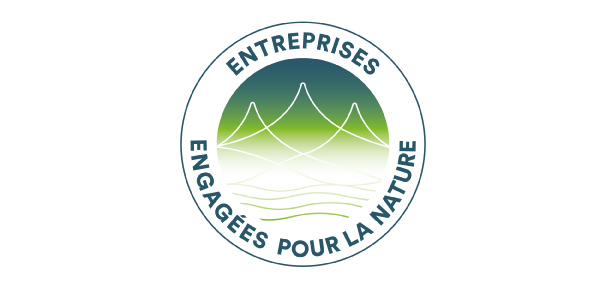
06/2023
Recognition as a “Company Committed to Nature” by the OFB
Engagé pour la nature (Committed to nature): Emergence, recognition and promotion of biodiversity action plans lead by companies.




